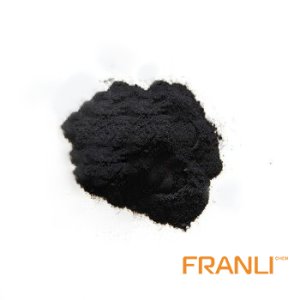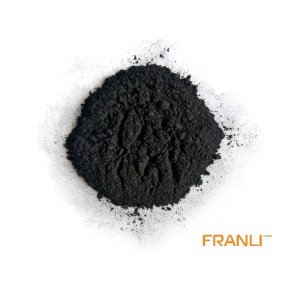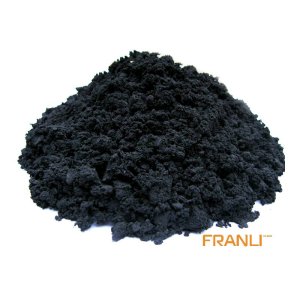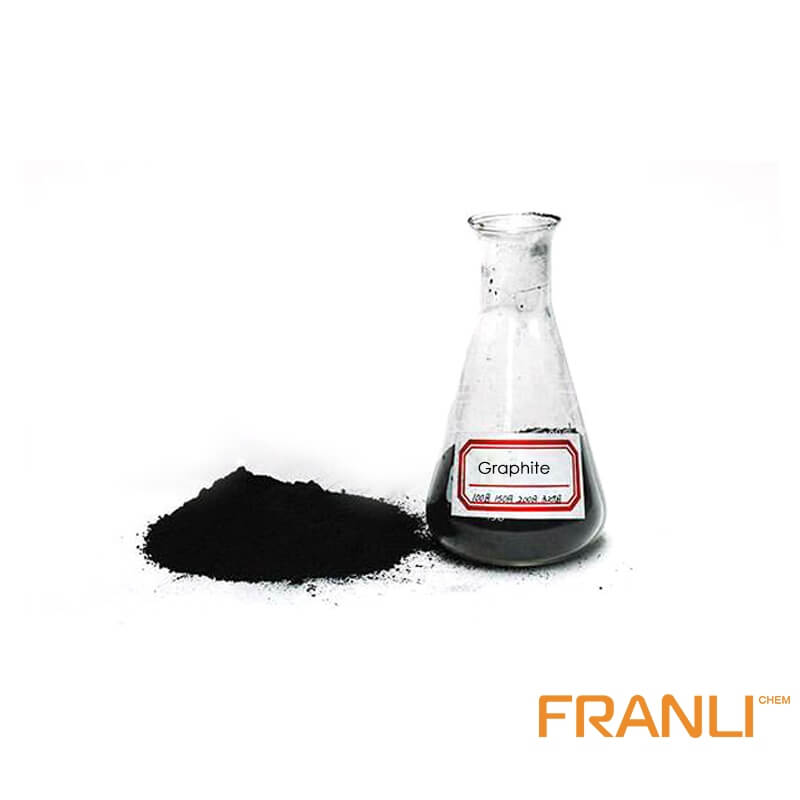
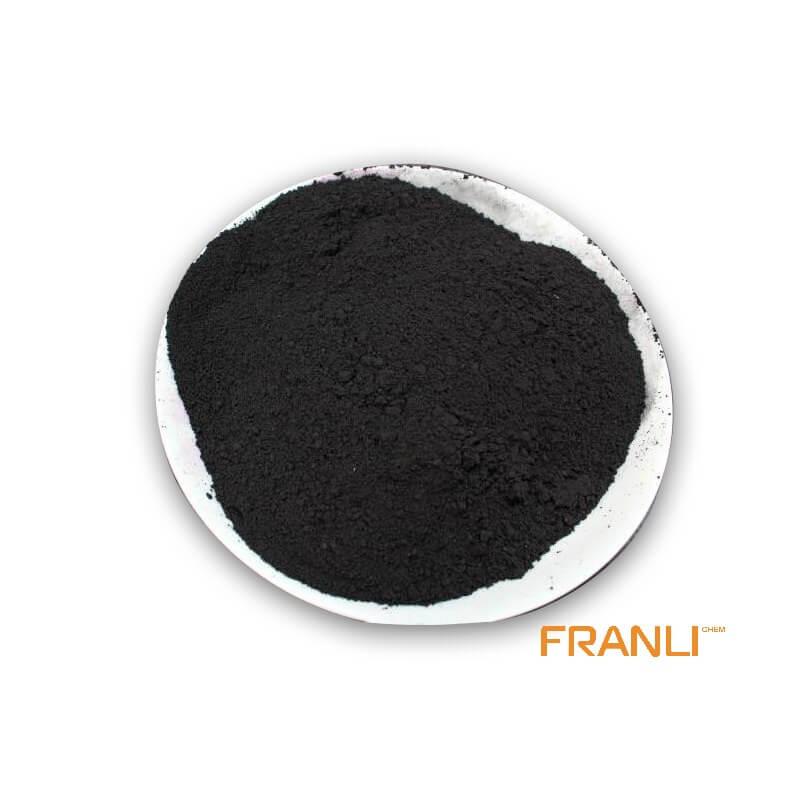
Graphite Powder
Size
1≥60%, etc
Package
25kg small bags into ton bags or ton bags
Features
High temperature resistance, conductivity and thermal conductivity, etc.
Application
As refractory material, conductive material and wear-resistant lubricating material, etc.
Graphite powder is a widely used industrial material, which is obtained from high-purity graphite after crushing, grinding, and screening. The classification of graphite powder is mainly based on the particle size, ranging from 50 mesh to 30000 mesh. The larger the mesh, the finer the particle size, and the higher the price.
Request a quote
Graphite powder is a widely used industrial material, which is obtained from high-purity graphite after crushing, grinding, and screening. The classification of graphite powder is mainly based on the particle size, ranging from 50 mesh to 30000 mesh. The larger the mesh, the finer the particle size, and the higher the price. In the past, China’s technology level was not up to the standard, and high-end graphite powder was imported. However, at present, China’s production enterprises have introduced foreign advanced grinding equipment, which can produce the world’s fine-grained graphite powder, which has been applied in many fields at home and abroad.
Due to the characteristics of graphite powder, graphite powder is widely used in the chemical industry, petroleum, metallurgy, casting, lubrication, sealing, and other industrial fields. Next, follow manager Xu of Liugong to learn about the industrial applications of graphite powder
Graphite powder has high conductivity and thermal conductivity, high melting point, good lubricity, plasticity, and chemical stability. Graphite powder can be corroded by acid, alkali, and organic solvents.

Graphite powder can be used as a conductive material to make electrodes, brushes, carbon tubes, carbon rods, TV picture tube coating, etc. Graphite powder can be used as a refractory, graphite crucible, and steel ingot protector.
Graphite powder can be used as lubricating material and lubricant in the machinery industry. Graphite powder can be used as a mold and metallurgical material in metallurgical casting. Graphite powder can also be widely used in the chemical industry in the field of sealing and lubrication of industrial equipment joints.
Graphite powder products include nano graphite powder, high-purity graphite powder, colloidal graphite, flexible graphite plate, flexible graphite packing ring, Gran powder, graphite emulsion, graphite packing, special graphite powder for ultra-low molybdenum battery, etc. They are widely used in chemical, petroleum, metallurgy, casting, lubrication, sealing, and other industrial fields.
Graphite powder is a very sensitive chemical reaction material. In different environments, its resistivity will change, that is, its resistance value will change, but one point will not change. Graphite powder is one of the good non-metallic conductive materials. As long as the graphite powder is kept in an insulating object, it will be electrified like a thin wire. However, what is the resistance value, This value is not an accurate number, because the graphite powder thickness is not the same, used in different materials and environments, graphite powder resistance value will be different.
1) High-temperature resistance: the melting point of graphite is 3850 ± Even if it is burned by a high-temperature arc, the weight loss and coefficient of thermal expansion are very small. The strength of graphite increases with the increase of temperature. At 2000 ℃, the strength of graphite is doubled.
2) Conductivity and thermal conductivity: the conductivity of graphite is 100 times higher than that of ordinary non-metallic minerals. The thermal conductivity exceeds that of steel, iron, lead, and other metal materials. The thermal conductivity decreases with the increase of temperature. Even at high temperatures, graphite becomes an insulator.
3) Lubricity: the lubricity of graphite depends on the size of the graphite scale. The larger the scale is, the smaller the friction coefficient is, and the better the lubricity is.
4) Chemical stability: graphite has good chemical stability at room temperature, and can resist acid, alkali, and organic solvent corrosion.
5) Plasticity: graphite has good toughness and can be connected to thin sheets.
6) Thermal shock resistance: when graphite is used at room temperature, it can withstand the drastic change of temperature without damage. When the temperature changes suddenly, the volume of graphite changes little and there will be no cracks.

Graphite powder mesh: 150 mesh, 425 mesh, 1000 mesh, 3000 mesh, 5000 mesh, 6500 mesh, 12500 mesh, 15000 mesh, etc. The purity of the product is over 99.95%. It can be used as anode and cathode materials for lithium batteries, conductive agent for Ni MH Ni-Cd batteries, and superconducting conductive powder for other batteries Conductive powder for anticorrosion; Conductive powder for conductive coating and conductive ink; Graphite sheet for CPU radiator; Coating and release agent for precision casting.
There is colloidal graphite powder in ultra-fine high-purity graphite powder. The types of colloidal graphite powder are 001, 01, 1 and other specifications (carbon content is 99.99%): 100 mesh, – 200 mesh, – 325 mesh, – 400 mesh, – 600 mesh, – 800 mesh, – 1200 mesh, – 2000 mesh, – 3000 mesh, – 5000 mesh, – 8000 mesh, – 10000 mesh, – 12000 mesh, 10um%, 5um%, 3um%, 2um% It is mainly used in pen, powder metallurgy, lubricating oil, grease, dry battery, conductive coating, lubricating coating, scientific research of science, technology and Industry Commission for national defense, scientific research of scientific research institutions, civil power, aerospace, and strategic power interference weapons, smoke shielding weapons, etc.
Properties of graphite powder:
Gray black hexagonal crystal powder with layered crystal structure, with a metallic luster, greasy touch, high dispersibility, nonbonding. Relative density, friction coefficient, Mohs hardness, melting point. Oxidation begins at 450; At room temperature, it is not active, and only treated with concentrated nitric acid or potassium chlorate strong oxidant, non-conductive graphitic acid or graphite oxide can be obtained; At 420, it absorbs the formed carbon and loses luster and conductivity; It only has physical adsorption and no reaction with other gases, so it has high-temperature resistance, good thermal stability, conductivity, thermal conductivity, plasticity, chemical stability of acid resistance, alkali resistance, organic solvent corrosion resistance, and outstanding lubricity, but it will lose its lubricity in a vacuum.

